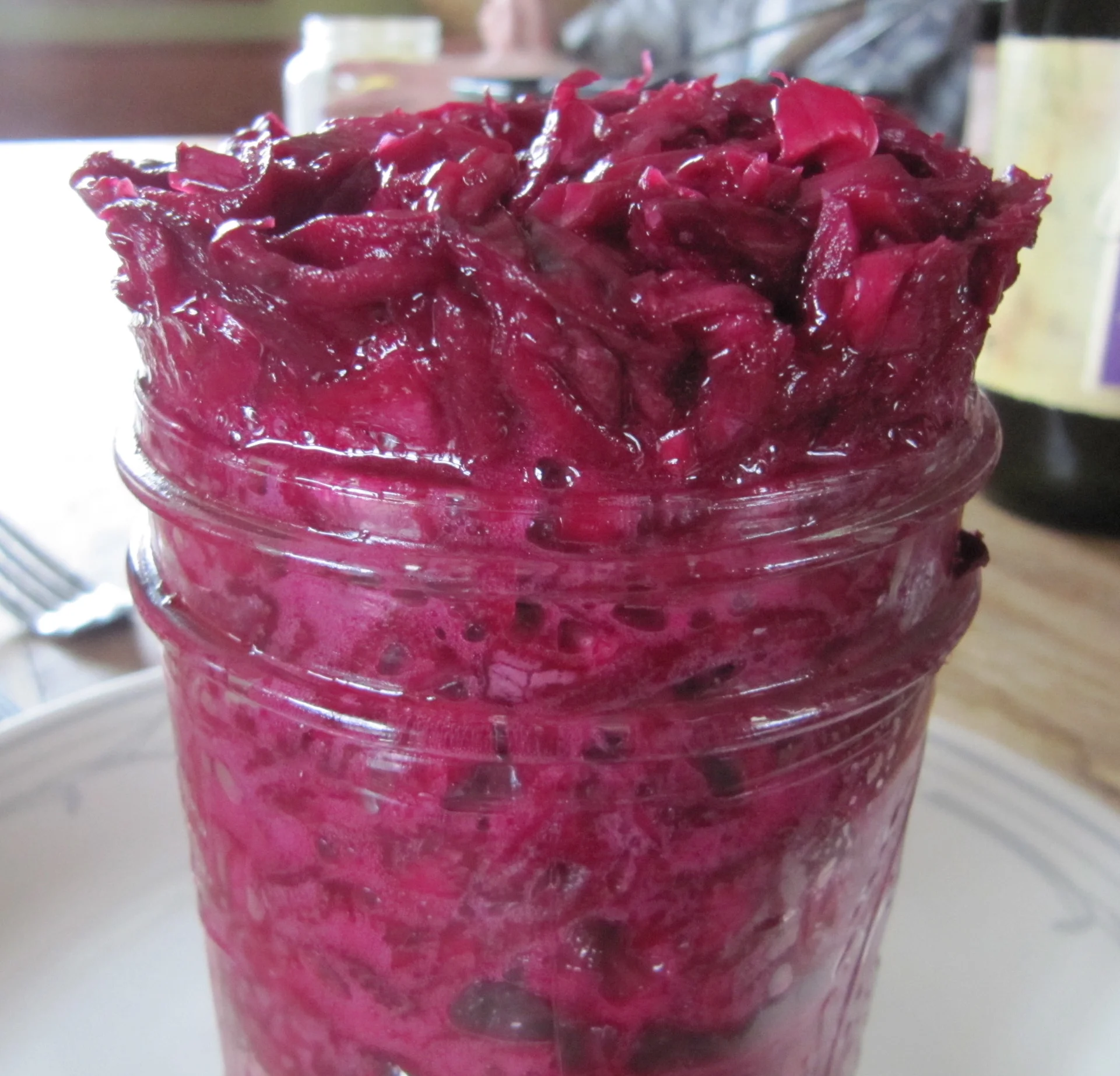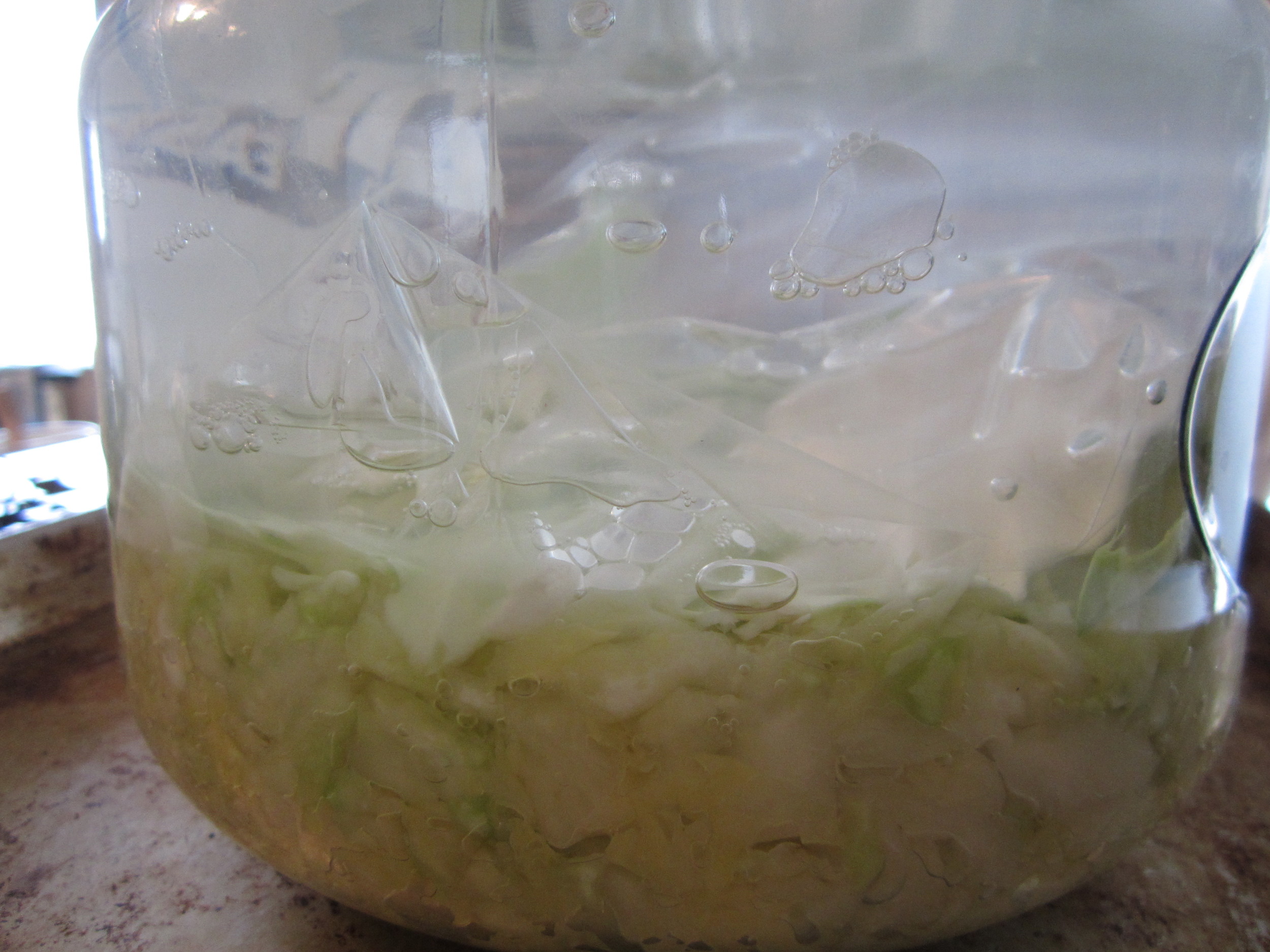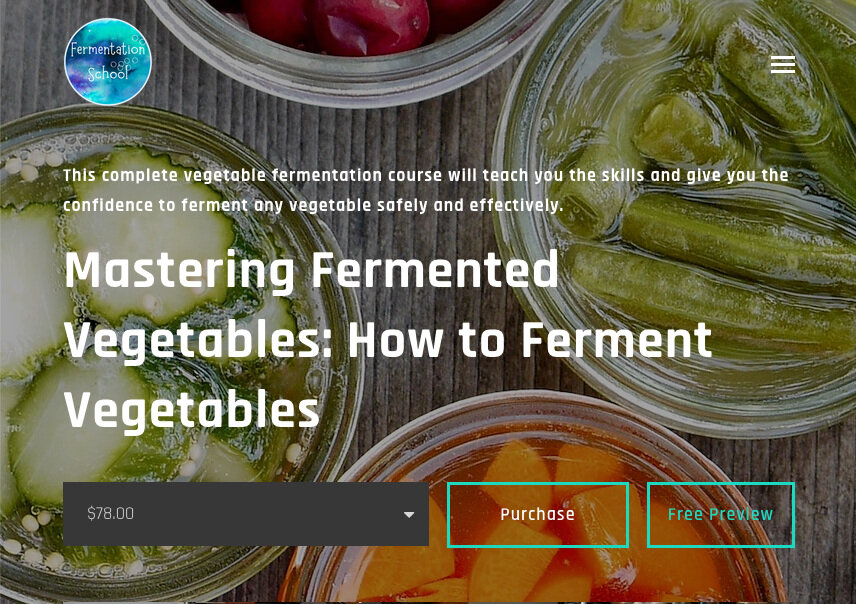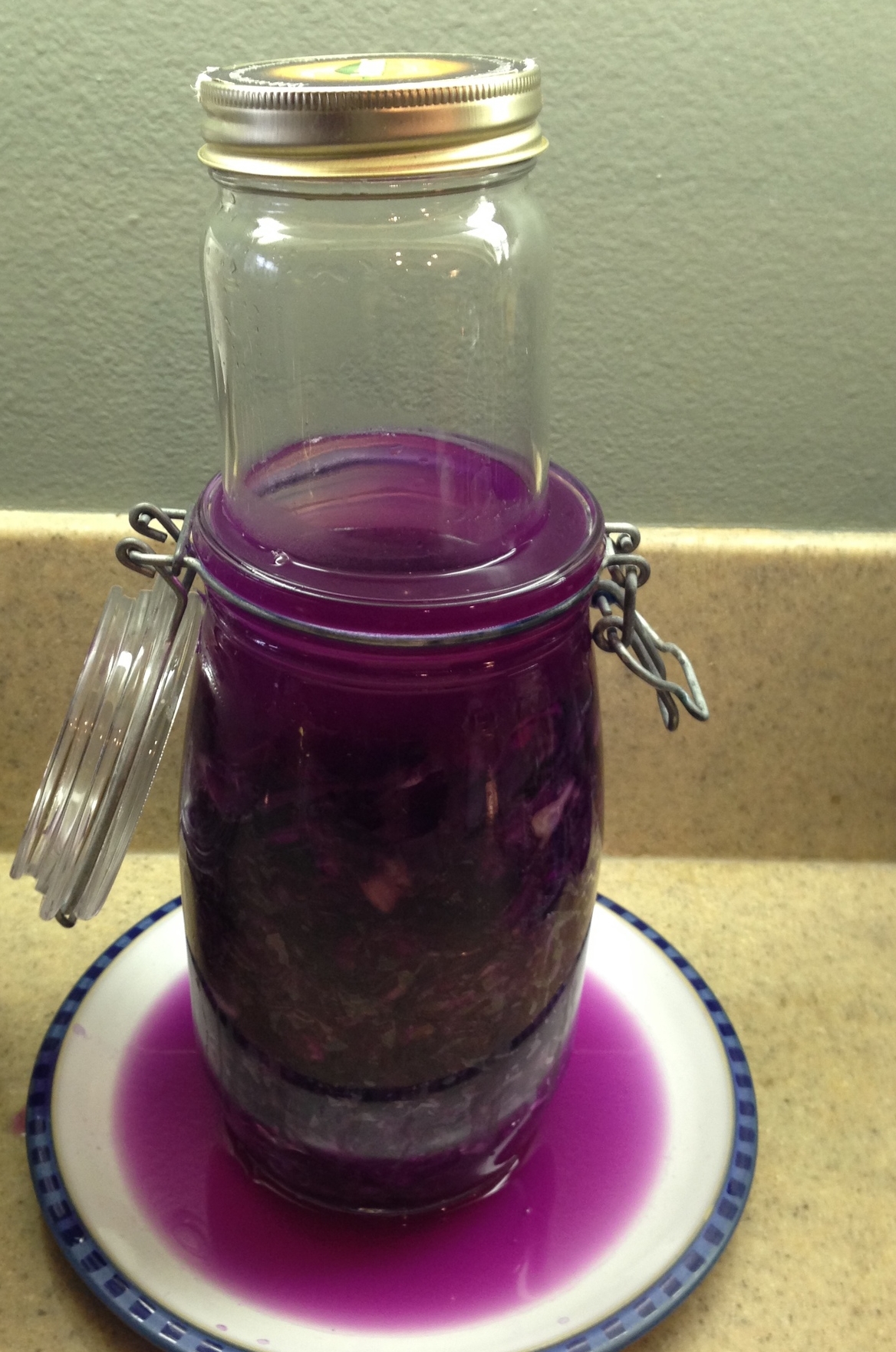More than once we’ve been asked, “What is going wrong? My ferments just don’t ferment. I make them and wait and then throw every thing out and start again.”
“How do you know? Was there mold? Slime?”
“No, absolutely nothing happened. Nothing. No bubbling. No mold. Nothing.”
“Did you smell and taste it?”
“No.”
“Well, you might have just had an quiet ferment—always check on it before throwing it out. Likely it was perfect.”
Watching a ferment actively bubble is very satisfying and many ferments offer plenty of effervescence to please that need to know something is happening. Beets for example usually don’t disappoint, you can think of them as extroverted. They are working and they want you to know it. If you are a beer or wine or cider maker you are used to that first ferment where the yeasts are pushing all kinds of foamy sludge from the carboy. If that doesn’t happen in brewing you know there might be a problem. In vegetable ferments you may or may not see active fermentation. It depends on the usual list of variables such as sugar content or environmental conditions.
The introverts on the other hand are quiet. Our little bacteria processors hard at work and we cannot see or hear a thing. Just like it is okay when your ferment is bubbling out of the container it is not a sign of failure if you don’t see or hear a bubble.
This isn't always the case. Of course, there are other reasons that a ferment won't ferment—this is just a reminder to make sure it truly hasn't fermented before you throw out your ferment.









